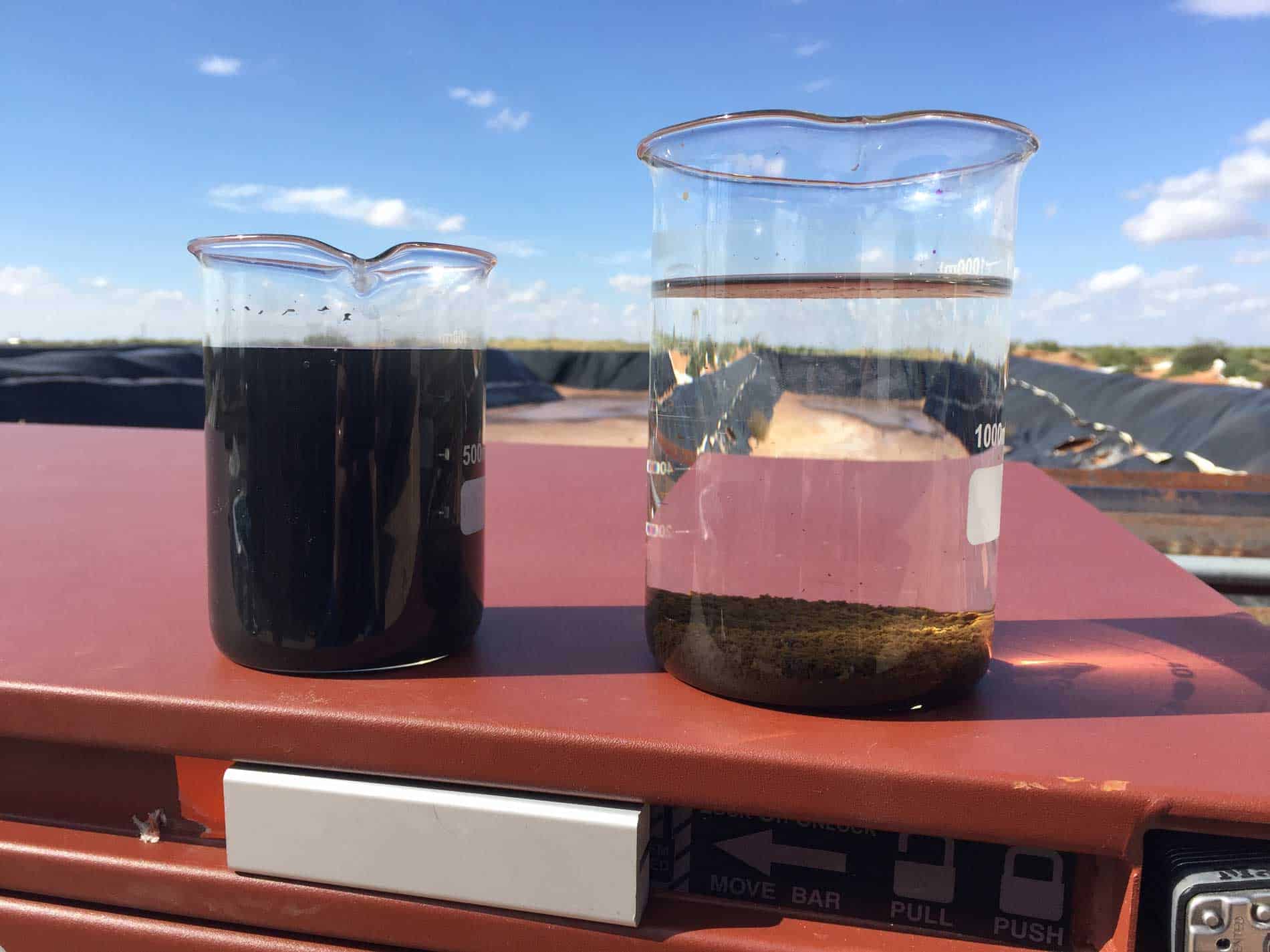EN ISO 11732 Ammonium Content in Water Flow Analysis Test
The EN ISO 11732 standard specifies a method for determining the ammonium content in water flows. This critical analysis is essential for ensuring compliance with environmental regulations and supporting sustainable practices within the oil & gas sector. The test is particularly relevant to produced water and process water, where precise measurement of ammonium levels can impact both operational efficiency and regulatory adherence.
Produced water refers to the water extracted from oil or gas wells that contains various dissolved chemicals and minerals. Proper characterization and management are crucial for minimizing environmental impacts and ensuring safe disposal practices. Similarly, process water in oil & gas operations often undergoes treatment processes that can affect ammonium content. Understanding these levels is vital for optimizing operational parameters and maintaining compliance with international standards.
The EN ISO 11732 method involves sampling the water flow, preparing it according to the standard’s specifications, and then subjecting it to a precise chemical analysis using colorimetric techniques. The process ensures accurate quantification of ammonium present in the sample. This level of precision is critical for industries where even small variations can lead to significant operational or environmental consequences.
The test procedure outlined in EN ISO 11732 provides detailed steps for sampling, preparation, and analysis that are designed to yield reliable results. Compliance officers and R&D engineers rely on these methods to ensure their processes meet the stringent requirements set by international standards. By adhering to this protocol, laboratories can provide accurate data necessary for informed decision-making.
The ammonium content in water flows plays a pivotal role in several areas of oil & gas operations. For instance, it influences the design and operation of water treatment plants. Understanding the levels helps in selecting appropriate treatment technologies and optimizing resource use. Additionally, compliance with regulatory limits on ammonium emissions is critical for maintaining good standing with environmental authorities.
Furthermore, the precise measurement of ammonium content allows for better management of produced water disposal practices. By understanding the exact concentration of this substance, operators can choose more efficient methods for handling and disposing of water, reducing operational costs while minimizing ecological impact.
The importance of accurate testing cannot be overstated in a sector as complex and regulated as oil & gas. The EN ISO 11732 standard provides a robust framework that supports both regulatory compliance and sustainable practices. Its detailed methodology ensures consistent and reliable results, which are essential for making informed decisions about water flows.
Understanding the nuances of this test requires familiarity with the specific instruments and techniques used in its implementation. Compliance officers need to ensure their laboratory follows these protocols rigorously. R&D engineers can leverage this information to refine processes and technologies that improve efficiency and sustainability. For procurement teams, knowing the importance of this analysis helps in selecting reliable suppliers who adhere to international standards.
Benefits
- Enhanced Compliance: Ensures adherence to environmental regulations by accurately measuring ammonium content.
- Sustainable Practices: Supports the implementation of efficient water management strategies that minimize ecological impact.
- Operational Efficiency: Allows for better optimization of water treatment processes, leading to reduced costs and improved performance.
- Risk Mitigation: Provides critical data that helps in identifying potential risks associated with ammonium emissions.
The EN ISO 11732 test is a cornerstone for any organization aiming to maintain stringent standards of environmental stewardship. It offers peace of mind by ensuring compliance and fostering sustainable practices, which are increasingly becoming essential for global businesses.
International Acceptance and Recognition
- Global Standard: The EN ISO 11732 standard is widely accepted in the international community, ensuring consistency across diverse environments.
- Regulatory Compliance: Recognized by numerous regulatory bodies worldwide, this test guarantees that results are universally acceptable.
- Credibility: Laboratories accredited to perform EN ISO 11732 testing are held in high regard due to the stringent requirements and reliability of their outputs.
- Trustworthiness: The acceptance of this standard by major oil & gas companies underscores its importance for quality assurance and sustainable practices.
The widespread recognition of EN ISO 11732 highlights its significance in the global industry. Its use across different regions ensures that results are consistent, reliable, and internationally comparable, thereby enhancing trust and credibility among stakeholders.
Environmental and Sustainability Contributions
The accurate measurement of ammonium content in water flows through the EN ISO 11732 test contributes significantly to environmental sustainability. By providing precise data, this analysis helps in optimizing water treatment processes, which are critical for minimizing ecological impact. Proper management of produced water is essential for reducing the release of harmful substances into ecosystems.
Understanding the levels of ammonium content allows operators to implement more efficient and sustainable practices. This includes selecting appropriate treatment technologies that not only meet regulatory requirements but also enhance environmental performance. The test supports the development of strategies aimed at minimizing ecological footprint, thereby promoting a healthier environment.
In addition to direct benefits for the industry itself, accurate measurement of ammonium content through EN ISO 11732 contributes indirectly to broader sustainability goals. By ensuring compliance with international standards and best practices, this analysis encourages responsible resource use across sectors. The data generated from these tests can inform policy decisions that further enhance environmental protection.
Moreover, the test plays a role in fostering transparency and accountability within organizations. By providing reliable information about ammonium content, it enables stakeholders to make informed choices regarding water management practices. This transparency is crucial for building trust with customers, investors, and communities, reinforcing the commitment to sustainable development.





